Nineteenth-century gunsmith and inventor John Hancock Hall created a mass production system that had never been seen before. Some of Hall’s guns made that way will be on display at the Maine State Museum’s newest exhibit, which opens Saturday.
“Inventors and Sportsmen: Maine Gunsmiths in the 1800s” showcases around 80 artifacts, including about 30 guns, from 22 Maine gunmakers. Hall, who was born in 1781 in what is now Portland, invented a breech-loading mechanism and other machinery whose use spread across the country. His work is featured prominently throughout the exhibit.
“Until Hall, each bit of a gun was hand-crafted, and even after Hall, it took awhile for his (American system) of mass production to catch on,” said Laurie LaBar, the museum’s chief curator of history and decorative arts, as she worked with staff to set up several of the exhibit’s displays.
Other featured gunsmiths in the exhibit include Hiram Leonard, known as the father of the modern fly fishing rod, Charles Wheeler and twins Andrew Jackson and Thomas Jefferson Peavey.
LaBar said the museum always has guns on display, but they haven’t all been in one exhibit in 30 years. Gunsmiths have been all over the state for a very long time, LaBar said, and the exhibit includes a map from the 1800s that notes 281 gunsmiths across the state. Unfortunately, LaBar said, there are probably only examples from about 40 gunsmiths because so many of them didn’t stamp or sign their work, so it’s unknown who made what.
“They are a part of Maine culture,” LaBar said. “There’s always been a real need for guns in Maine, and Maine artisans have continued to fill that need.”
The exhibit will run to April 1, 2017. The museum, located at 230 State St. in Augusta, will be open from 10 a.m. to 4 p.m. opening day. The first day will feature free admission, informal tours by LaBar, hands-on activities and games and live music.
Once Hall’s inventions spread across the nation, private firms began using them in manufacturing sewing machines, typewriters, railway equipment, bicycles and eventually automobiles, according to Merritt Roe Smith, a history of technology professor at the Massachusetts Institute of Technology who wrote a book about Hall.
Hall left Maine and spent the rest of his career making rifles for the Army in Harper’s Ferry before he died in Missouri in 1841. LaBar said the exhibit will also feature patent drawings from Hall, courtesy of the National Archives and Harper’s Ferry.
Hall patented a breech-loading rifle in 1811 with parts that could be interchanged between guns. He used semi-skilled laborers to consistently produce identical parts for the guns, resulting in the new system of mass production.
“He was rebuffed (by the Army) a couple of times before finally showing them that it was a viable gun,” Smith said. “On the basis of his claim that the gun could be made with interchangeable parts, the Army gave him a contract to produce 1,000 rifles.”
Smith said Hall is probably Maine’s most important inventor given his contributions to the gun industry and the manufacturing industry as a whole.
Hall “is extremely important historically,” Smith said. “He had a set of very sophisticated gauges and very innovative machinery. Mass production would not be possible without Hall and those components.”
Hall’s guns, especially the early ones he made while still living in Maine, are highly sought-after collectibles. Smith said he was at a collector’s show in Massachusetts last year and saw a breech-loading rifle, serial No. 1, being sold for $250,000. The gun, which Smith said is “just spectacular,” is owned by William and Ann Dykes of Wiscasset Antiques Center.
LaBar said some of the first guns Hall made probably ended up in the Mississippi River because people just couldn’t wrap their heads around how they were supposed to be used. She said the Evans Brothers, who will also be featured in the year-long exhibit, had the same problem with their rifles.
Warren Evans, a dentist from Thomaston, made the Evans repeating rifle, which had the largest magazine of any rifle, but it was odd in design. Evans and his brother George adopted Hall’s mass production system and were making upwards of 75 guns a day in their production plant in Mechanic Falls, but the guns were such complicated machines that the U.S. Army never bought any.
“They were doing what Apple does now,” LaBar said. “If you had an Evans gun, you had to use an Evans cartridge because they were proprietary cartridges.”
Send questions/comments to the editors.

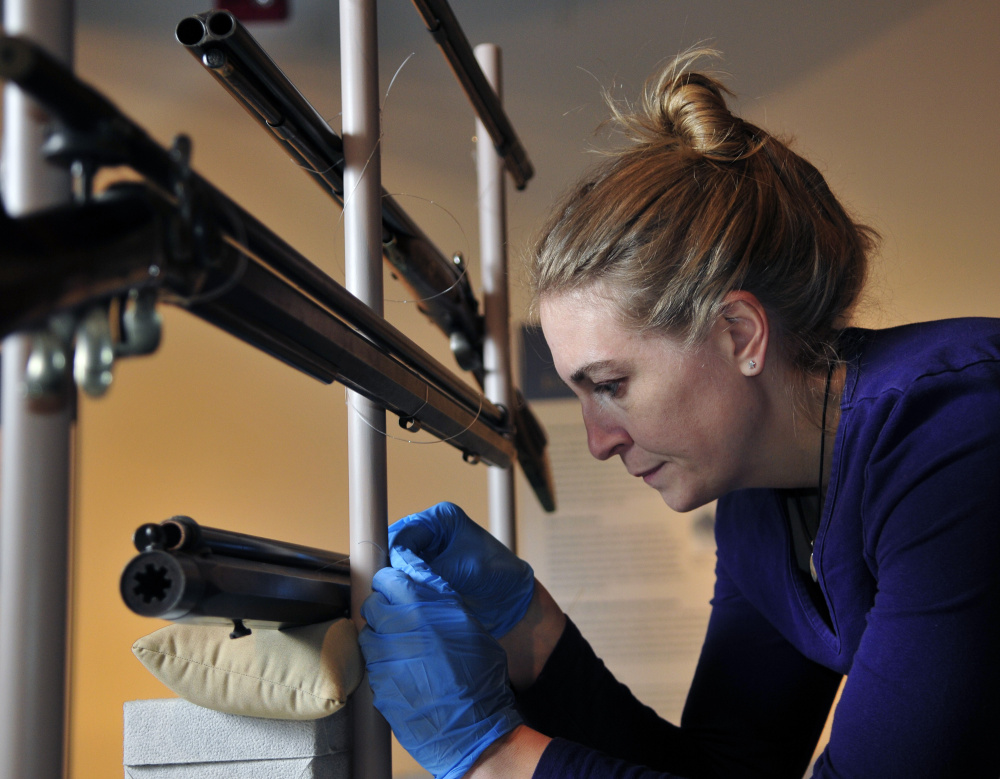
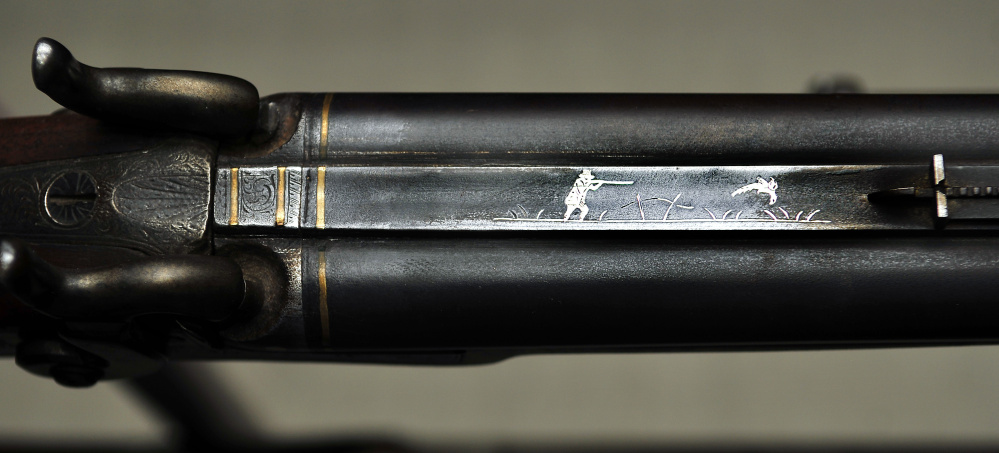
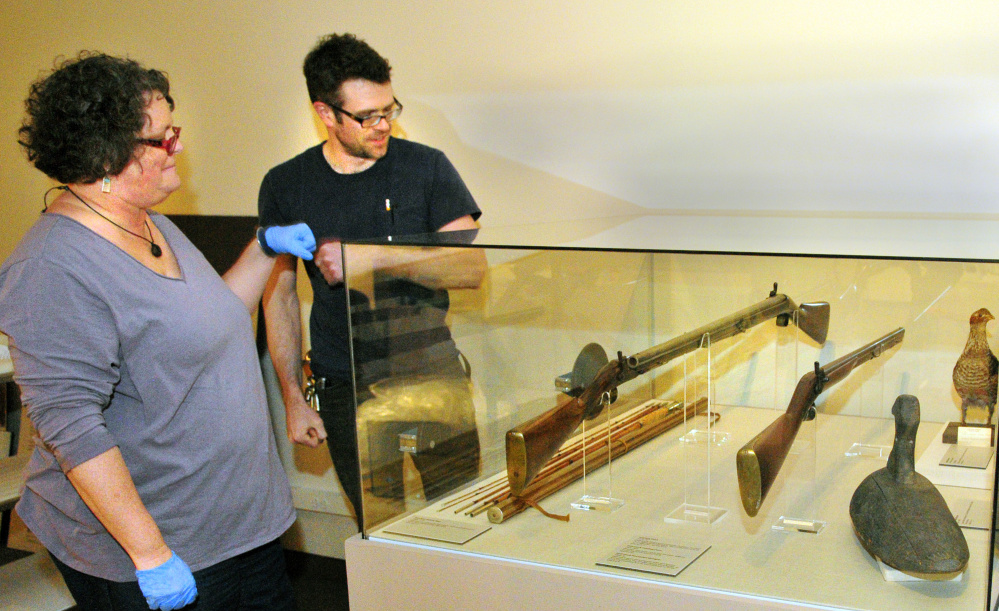
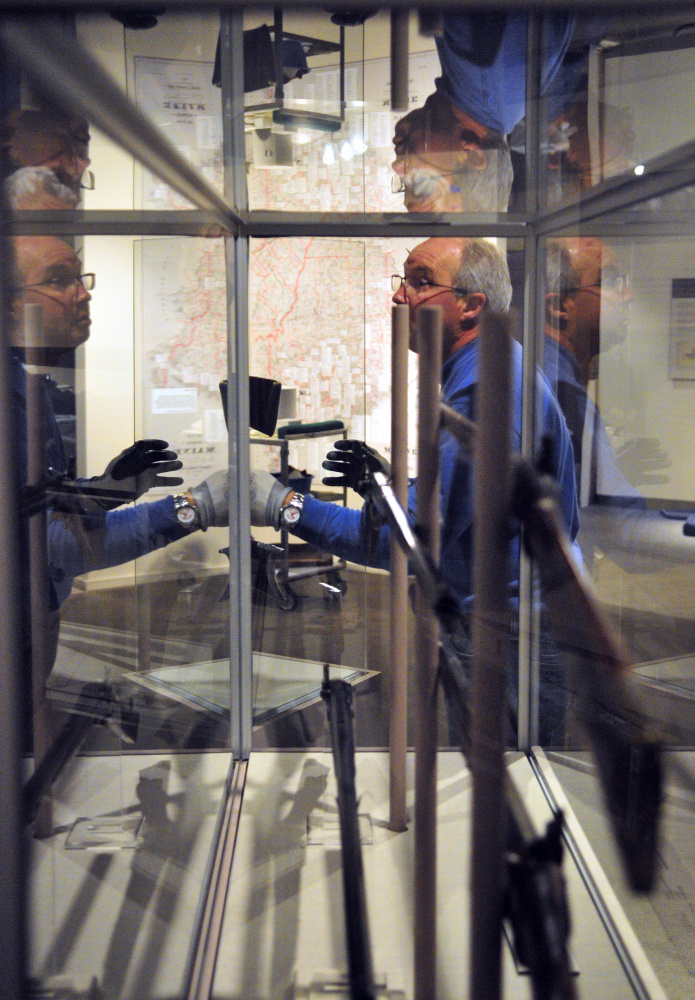
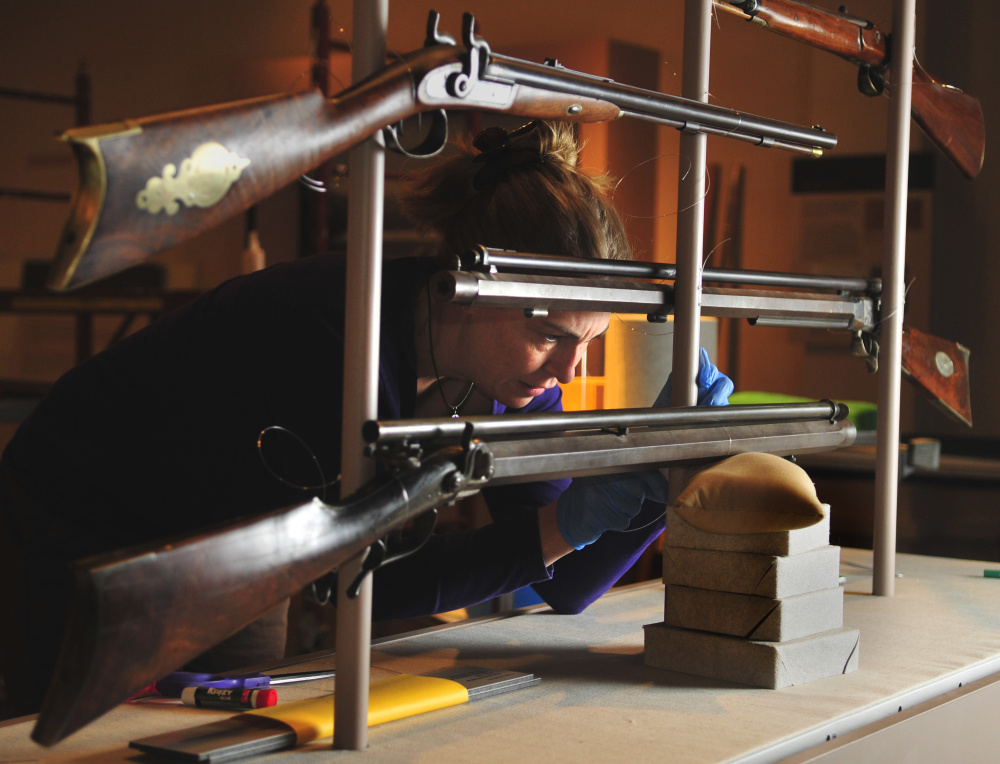
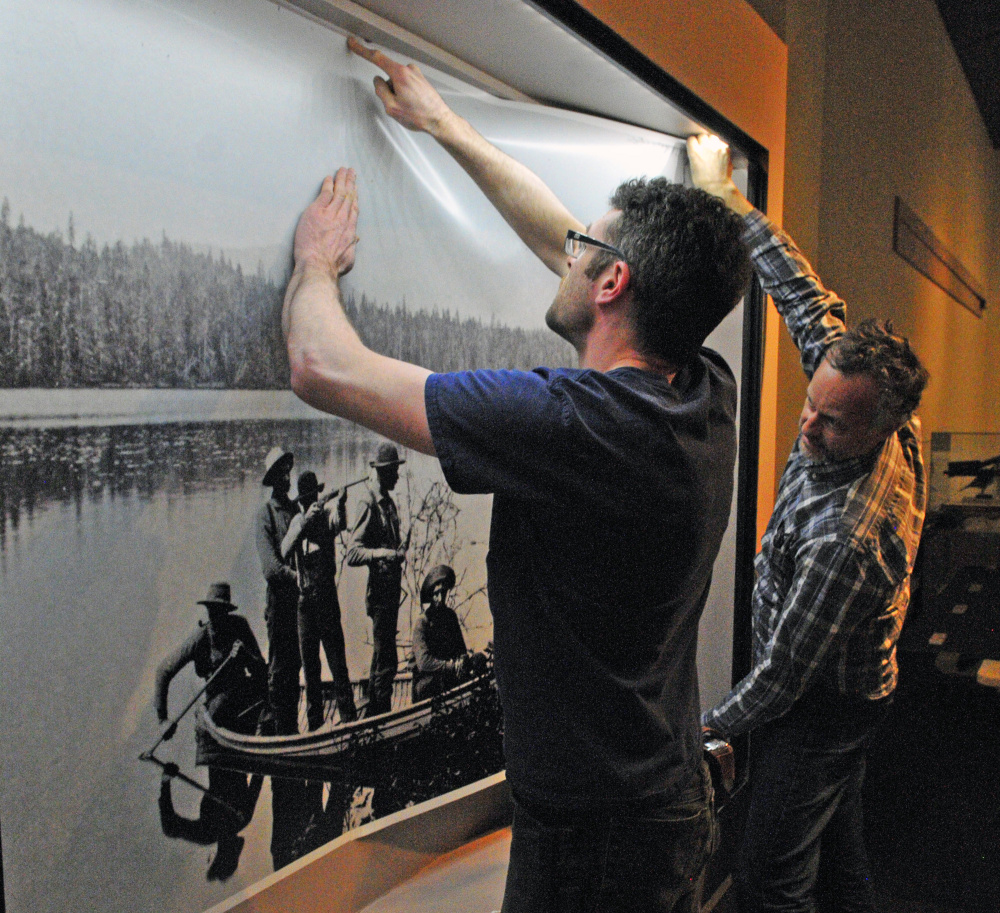
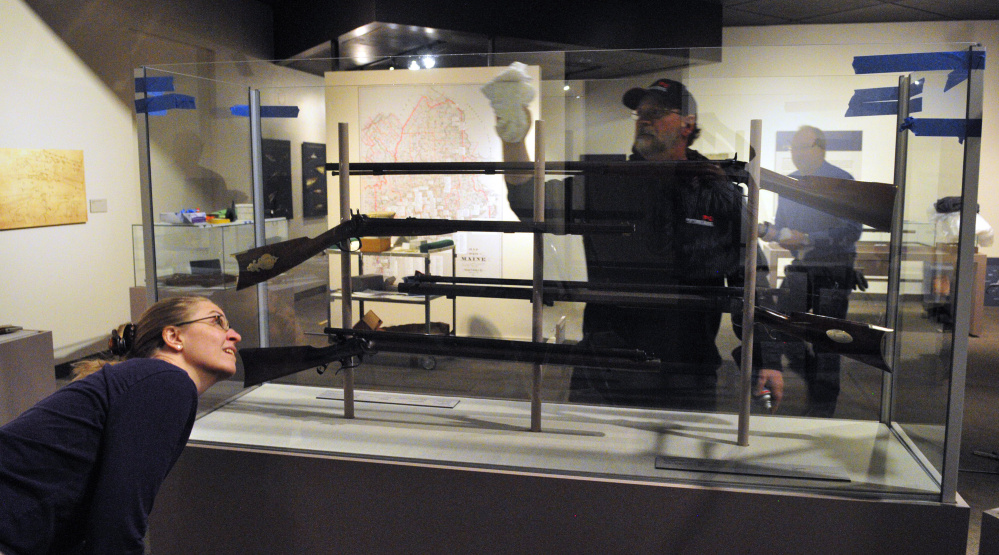

Success. Please wait for the page to reload. If the page does not reload within 5 seconds, please refresh the page.
Enter your email and password to access comments.
Hi, to comment on stories you must . This profile is in addition to your subscription and website login.
Already have a commenting profile? .
Invalid username/password.
Please check your email to confirm and complete your registration.
Only subscribers are eligible to post comments. Please subscribe or login first for digital access. Here’s why.
Use the form below to reset your password. When you've submitted your account email, we will send an email with a reset code.